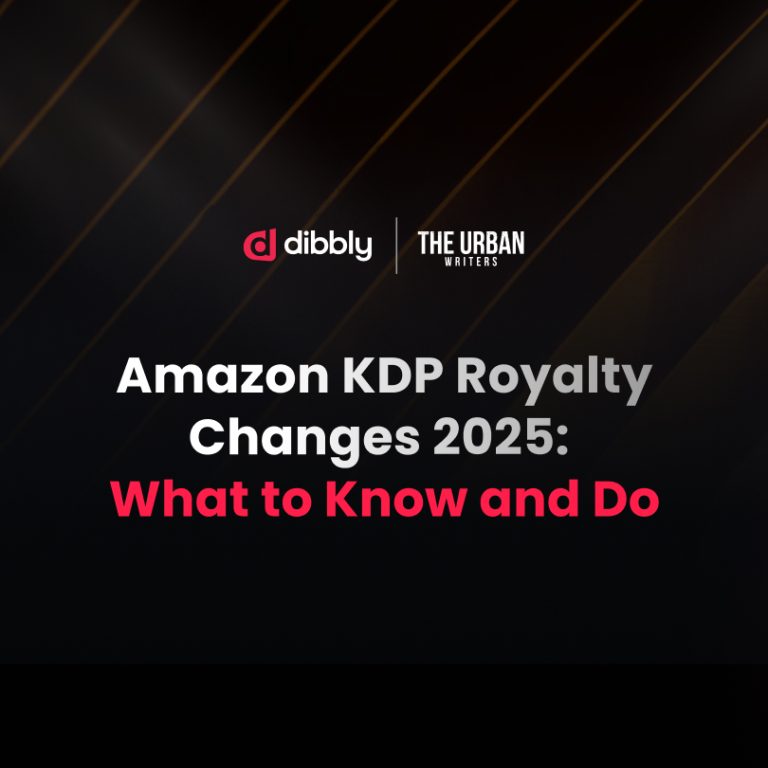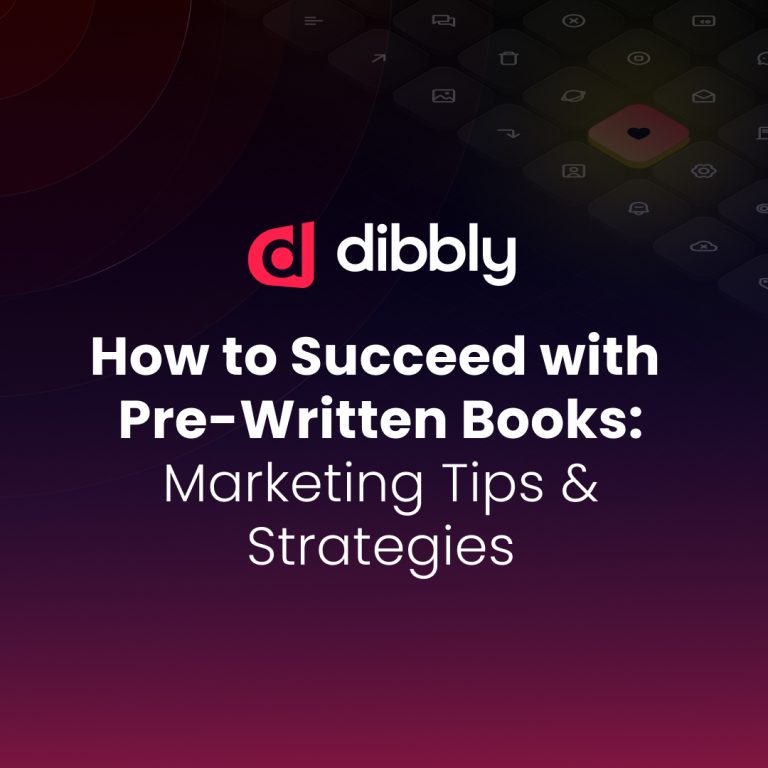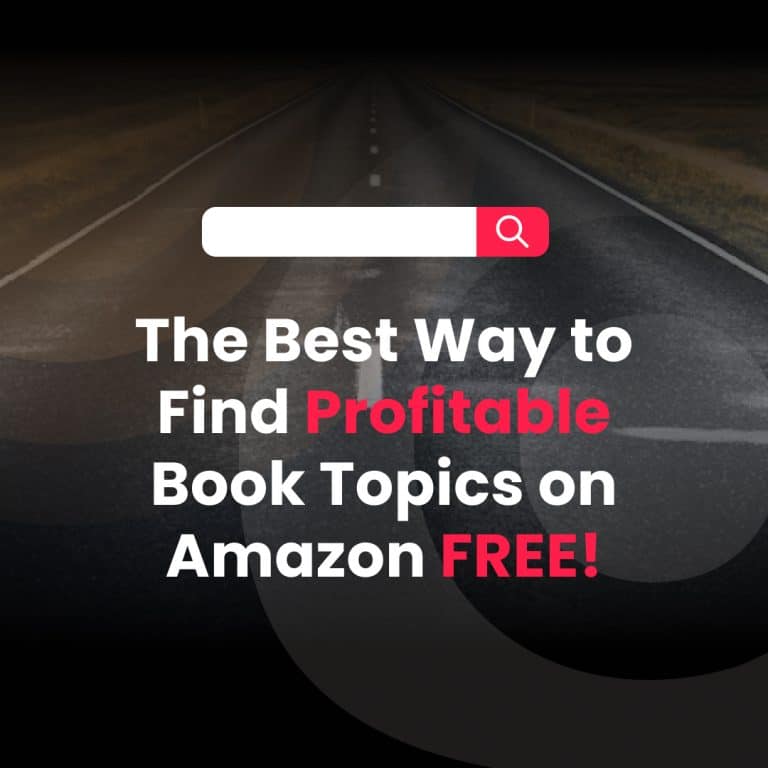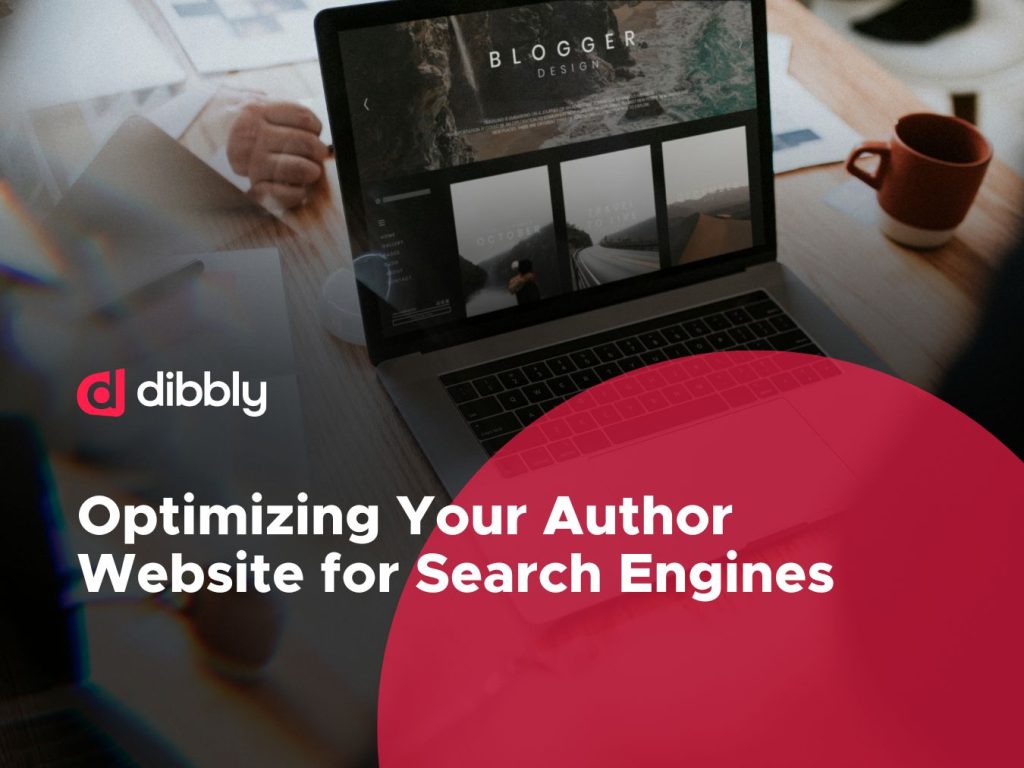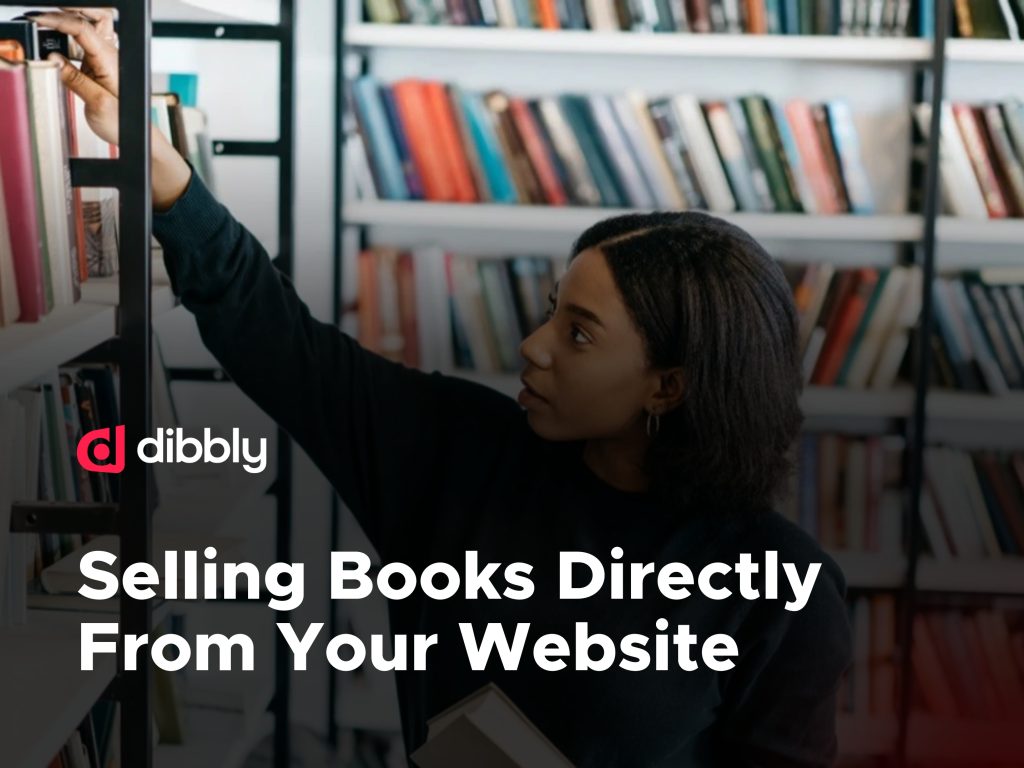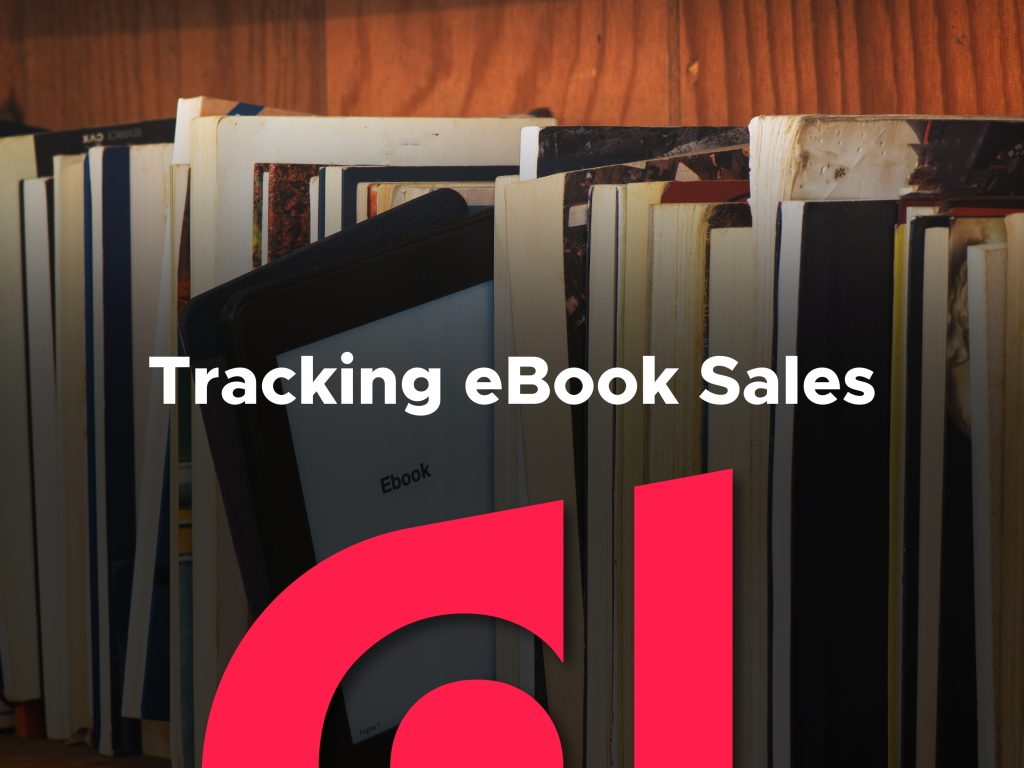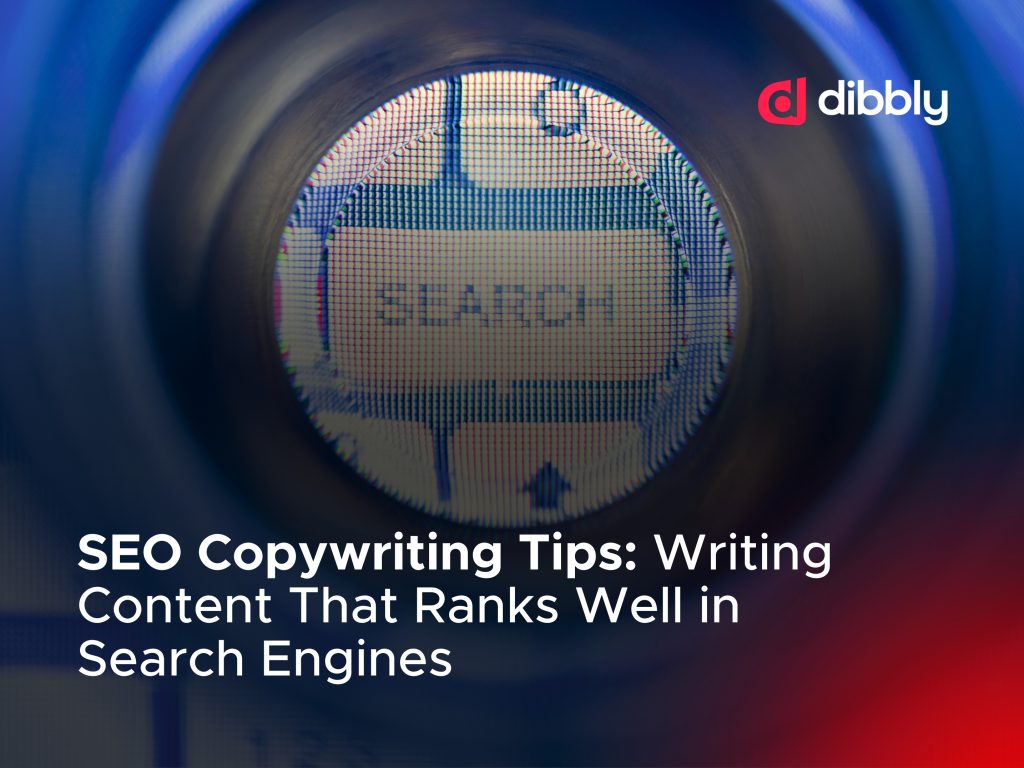Are you a wordsmith with a story to tell, struggling to craft a book description or blurb that truly captivates your potential readers? You’re not alone! Even the most talented writers can find it challenging to distinguish between these two important marketing tools and fully understand their distinct purposes.
But fear not, with a little guidance and creativity, you can craft a compelling book description and blurb that will entice readers to dive into your literary world.

Get ready to unleash the power of words! In this post, we’ll dive into the secrets of crafting irresistible blurbs and descriptions that will make your potential readers salivate with anticipation. You’ll learn how to differentiate between these two essential marketing tools, and most importantly, how to utilize the power of HTML to make your blurbs and descriptions stand out from the rest.
What Is a Book Description?
Picture this: you’ve spent countless hours pouring your heart and soul into your book, and now it’s time to grab your potential reader’s attention with a killer book description.
This concise summary of your masterpiece is more than just a blurb; it’s a carefully crafted masterpiece that entices readers to dive into your world. Typically longer than a blurb, a book description delves deeper into the plot, themes, and characters to give readers a taste of what’s to come.
Your book description will be front and center on book retailer websites and advertising materials, so it’s essential to make it stand out.
It should be: intriguing, straightforward, and succinct; capturing the reader’s imagination and leaving them wanting more. A great book description is a key to unlocking your book’s full potential, so get ready to master the art of book description and take the literary world by storm!
Tips for Writing Effective Book Descriptions
A great book summary should not only be concise but also engaging and captivating.
- Start by focusing on the key conflict and plot, while avoiding excessive descriptions. Use language that paints a vivid picture in the reader’s mind and captures the tone of the book’s genre.
- Then, highlight the unique features that make your book stand out. This could be a compelling protagonist, a surprising twist, or an original setting. By doing so, you’ll give readers a taste of what to expect and make them eager to read more.
- Finally, end the summary with a teaser that leaves the reader wanting more. This could be a question that piques their curiosity, a cliffhanger that leaves them wondering what will happen next, or a hint of an unexpected plot twist.
Remember, the book summary is your chance to capture the reader’s attention and convince them to dive into your story. Make it intriguing and exciting, and you’ll be sure to hook them in!
“Gone Girl” Book Description
Here’s an example of a book description for the novel “Gone Girl” by Gillian Flynn:
“On the morning of their fifth wedding anniversary, Nick Dunne’s wife Amy disappears. The police immediately suspect Nick. With his twin sister Margo at his side, Nick sets out to clear his name and find his missing wife. But as the clues pile up, it becomes clear that things are not what they seem in this dark and twisted tale of love and betrayal.”
With its dark and twisted tale of deception and secrets, “Gone Girl” will keep readers on the edge of their seats. The summary’s use of strong language and an atmosphere of mystery and intrigue will entice readers and leave them eager to unravel the secrets hidden within the pages of the book.
What Is a Book Blurb?
Looking to entice readers to pick up your book? A well-crafted book blurb is key.
This concise, captivating passage is designed to persuade potential readers to buy your book by highlighting its most compelling elements. Whether it’s for the product description or the back cover of a print book, or advertising and social media posts, your book blurb should be short, to the point, and engaging.
To make your book blurb stand out, focus on the most fascinating and unique elements of your book. What makes it different from other books in its genre or category? Is there a particularly intriguing character, plot twist, or setting that will draw readers in?
Above all, your book blurb should motivate readers to keep reading. Don’t give away too much of the plot, but leave them wanting more. By piquing their curiosity and creating a sense of urgency, you’ll inspire readers to pick up your book and dive into its pages.
Writing Nonfiction Book Blurbs
Writing a nonfiction book blurb is a delicate balancing act. You need to capture the essence of your story in just 100–150 words, while also making it captivating enough to entice readers.
To achieve this, focus on your book’s main character or subject, highlighting what makes their journey unique and interesting.
Next, to draw readers in, use evocative language and sensory details that transport them into the world of your work. Don’t be afraid to emphasize the emotional significance of your story, as readers often respond to books on an emotional level.
Finally, end with a strong remark or hook that leaves readers hungry for more. This could be a thought-provoking question, a startling admission, or a tantalizing promise of things to come.
Writing Fiction Blurbs
Creating a captivating fiction blurb can be challenging, but there are a few techniques that can help you stand out from the crowd:
- Start with a hook: Your blurb should begin with a compelling hook that grabs the reader’s attention and entices them to read on. Think of an opening sentence that will immediately draw them into the story.
- Introduce the protagonist: The blurb should introduce the protagonist and give readers a sense of who they are and what challenges they face. Focus on what makes the protagonist unique and interesting, and how their journey drives the plot forward.
- Highlight the conflict: Readers want to know what’s at stake and what obstacles the protagonist must overcome. Be sure to highlight the central conflict of the story and what’s at risk if the protagonist fails.
- End on a cliffhanger: A great blurb should leave the reader wanting more. End with a cliffhanger or a question that will compel them to purchase the book and find out what happens next.
For more tips on how to nail your book blurb, you can check this out!
Fiction vs Nonfiction Descriptions
If you’re a fiction writer, creating a book description or blurb can be a daunting task. However, there are techniques that can help you captivate potential readers. One of the keys is to focus on the story’s location and its main characters.
You want to give readers a sneak peek of what’s to come, without giving away too much. Your goal is to hook readers and leave them eager to uncover more of the story’s secrets. After all, nothing beats the thrill of diving into an exciting new fictional world and discovering its characters’ journeys.
So, be bold, be creative, and craft a blurb that will make readers fall in love with your story from the very first sentence!

Using HTML to Make Your Book Blurbs and Descriptions Stand Out
In today’s digital age, selling your book online requires more than just a great story—you need to make it visually appealing too! That’s where HTML comes in. By using HTML to structure your book description or blurb, you can make it stand out from the crowd.
Use bold and italicized text to emphasize important points, create bullet points to organize information, and even include photographs to give readers a sneak peek into your world.
With these creative techniques, you’ll be sure to catch readers’ attention and make them want to dive into your book.

Are you ready for your book description to stand out from the rest? Here are some tips for using HTML to make your book blurb more visually appealing and engaging.
- Use headings to organize your text and make it easier to scan. Introduce different sections of your book description, such as the plot synopsis, author bio, or reader reviews, using H2 or H3 headings.
- Add emphasis to specific words or phrases to make them stand out. Use tags like <strong> or <em> to make text bold or italicized. This can help draw attention to key areas and make your work more interesting.
- You can also break up long blocks of text by using bullet points. List the main characteristics or benefits of your book using the <ul> and <li> tags.
- To make your book blurb even more eye-catching, include an image of your book cover. Use the <img> tag to add the image and align it with your text or add a border.
- Don’t forget to include links to your website or blog if you have one. Use the <a> tag to create clickable links, format the link text or add a tooltip with HTML. With these HTML tips, your book description will be sure to capture the attention of potential readers.
Find Your Readers with Effective Book Blurbs and Descriptions
Are you struggling to get readers interested in your book? As we discussed above, crafting an engaging blurb or summary is crucial in persuading readers to buy and read it.
However, to achieve this, you need to ensure that your book is being marketed to the appropriate audience. Utilizing relevant keywords in your book description can help your book appear in search results for readers who are interested in your genre or subject matter.
For example, if you’ve written a romance novel, incorporating keywords like “love story,” “happily ever after,” or “heartwarming” can attract readers searching for these types of stories.
In addition to using keywords, when publishing your book online, utilizing categories and tags can also help you reach your intended audience. By placing your book in specific genres or subgenres, it becomes easier for readers to find your book.
When crafting your book blurb or summary, it’s essential to consider the genre of your book. Both fiction and nonfiction works have different objectives and require distinct strategies for their descriptions.
Don’t let your book get lost in the sea of titles. Make sure your book description is crafted with precision, using keywords and categories that will appeal to your target audience.
Final Words
Are you an aspiring author looking to make your book stand out from the crowd? Crafting the perfect book blurb or description can be a challenge, but it’s a skill worth mastering. With the right approach, you can captivate potential readers and increase your chances of making a sale.
So, what are you waiting for? With time and practice, you can develop the skills needed to craft a captivating book blurb or description that draws readers in and keeps them hooked.

